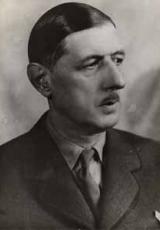The Battle of Montcornet
Sous-titre
16-17 May 1940
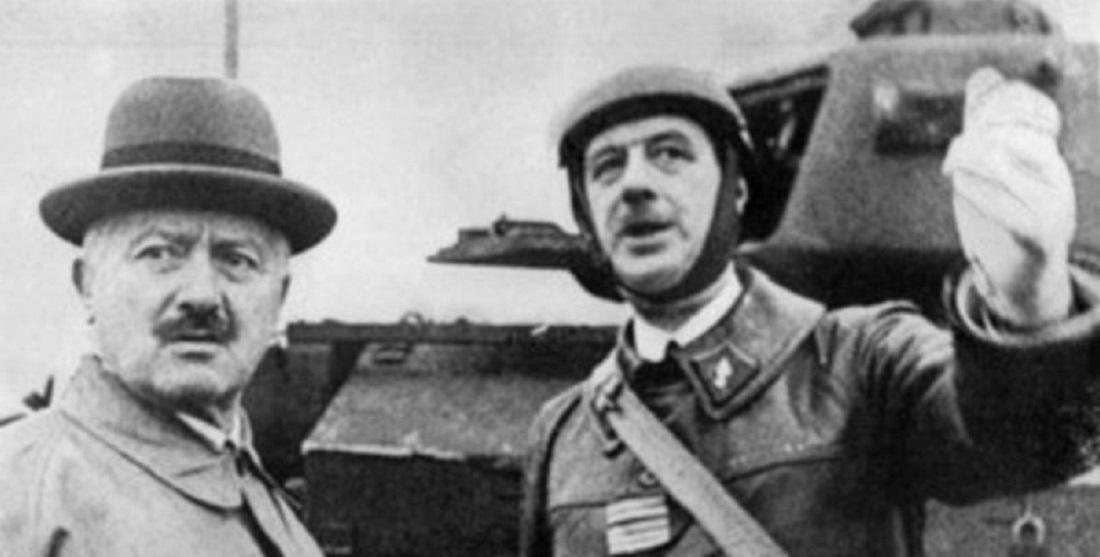
After crossing the Ardennes, General Guderian’s XIX Army Corps advanced to the northwest. On 16 May, the German vanguard reached the outskirts of Saint Quentin.
General Touchon’s 6th Army was tasked with establishing a defensive front on the Aisne. Stalling operations were needed in order to achieve this, so a number of units were sent forward.
Those units comprised the 4th Armoured Division (4th DCr), created on 10 May 1940 and commanded by Colonel Charles de Gaulle. On 16 May, General Doumenc sent the 4th DCr into the sector, located on the left flank of the 10th Panzer Division.
Montcornet lay at a strategic crossroads (Reims-Laon-Saint Quentin) and was therefore an important crossing point for the German armies. Logistical elements of the 1st Panzer Division were also stationed there (two reconnaissance units: the 10th Panzer Division Aufklärungs-Abteilung and Panzer-Aufklärungs-Abteilung 90), together with part of the staff of the German XIX Army Corps.
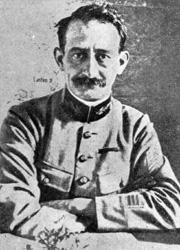
Joseph Doumenc
Initially stationed at Bruyères, the 4th DCr was comprised of the 46th, 2nd and 24th Combat Tank Battalions (BCC) under commanders Bescond, François and Delatour, equipped with 45 light tanks (R35s); the 19th BCC and 345th CACC (Autonomous Combat Tank Company) under Commander Idée, equipped with D2 heavy tanks; the 3rd and 10th Cuirassier Regiments (RC) under Lieutenant-Colonel François and Colonel Jacqueminot; the 322nd Artillery Regiment (RA) under Colonel Anselme; and the motorised infantry of the 4th Battalion of Chasseurs Portés (BCP), under Commander Bertrand.
In practical terms, although the 46th BCC had 34 new B1-bis heavy tanks, the D2 tanks were either old or not yet properly run in, the 322nd RA had not yet received any 105mm guns and so had to make do with 75mm ones, and some tanks were missing crucial parts (radio, sights, etc.).
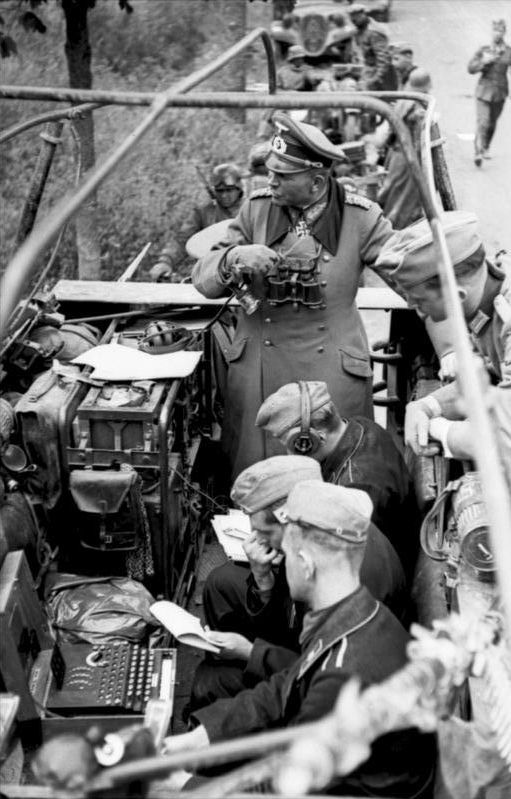
Guderian with an Enigma machine in his mobile command centre during the Battle of France, 1940. © German Federal Archives
Colonel de Gaulle’s objective was to capture Montcornet and Hurtaut. He decided to launch an early morning attack, primarily to avoid German air force reconnaissance, which had a strong presence in the region.
The BCC’s first elements arrived when it was still dark. While most of the division were positioned in the forest of Samoussy, some R35 tanks, supported by 75mm guns, were put in position along the Montcornet road.
On the evening of 16 May, crews reached the Souche bridge, where they eliminated a German patrol. At dawn on 17 May, the French tanks destroyed a German artillery column.
At 4.15 am, Colonel de Gaulle launched the attack.
The 46th BCC and 345th CACC headed towards Montcornet, while the 2nd and 24th BCC advanced from Sissone towards Lislet. Despite becoming a target close to Chivres, the first group made progress, while the 2nd BCC occupied Dizy-le-Gros and the 24th took up position, around noon, on the plateau that dominates Montcornet to the south. The village was defended by the 3rd Company of the 666th Pioneer Battalion and elements of the 59th Flak Battalion.
Around midday, the 2nd Company of the 24th BCC reached Lislet, defended by a section of Pak 37 anti-tank guns, reinforced by freshly repaired Panzers. Under enemy artillery fire, the French retreated, leaving two tanks behind them.
The 345th CACC captured Clermont-les-Fermes, but was attacked near Marle by three 88mm guns. Stuka bombers also got involved in the battle. Three French tanks were put out of action. A shortage of fuel forced the French to retreat to Samoussy.
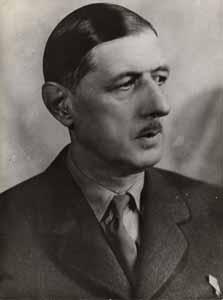
Portrait of Charles de Gaulle. Source: SHD
At Montcornet, Captain Penet launched an attack on the village, although the heavy tanks had not yet arrived. His R35s were decimated by the German 88mm guns, Penet’s own tank being immobilised. The 1st Company was routed to Boncourt.
En route from Dizy-le-Gros to La Ville-aux-Bois, the 2nd BCC met elements of Panzer-Abteilung 90 from Stonne and was forced to retreat.
In the early afternoon, the newly arrived 4th BCP was engaged at Chivres, where it completed the action of the 46th BCC and relieved the troops of the 4th Autonomous Group, who, in the absence of infantry, had been used to guard the captured bridges.
Around 4 pm, the 46th BCC was ordered to advance on Montcornet. After passing Clermont-les-Fermes, where they disrupted the German defences, the heavy tanks, due to a lack of precise maps, headed not for Montcornet, but for La Ville-aux-Bois, where they were targeted by the artillery of the German 521st Battalion. After ten minutes of intense fighting, the B1-bis tanks retreated. During the manoeuvre, three tanks were destroyed, including that of Commander Bescond.
Evening had not yet arrived when the German air force intervened, the Stukas forcing the last armoured units to return to base.
On 18 May, the Germans reached Saint-Quentin.
Given the general climate of defeatism, the Battle of Montcornet, despite ending in a military defeat, took on the quality of a moral victory.
On 25 May 1940, Colonel de Gaulle was promoted to the rank of général de brigade (brigadier).
MINARM/SGA/DPMA


